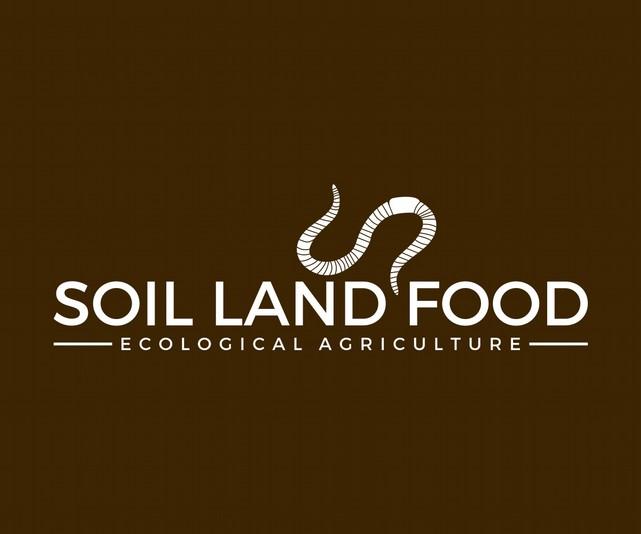Farming with Compost

Compost can be a valuable input for grazing and cropping systems as part of a holistic soil and nutrient program. But not all composts are the same! This fact sheet outlines the fundamentals for using compost in grazing and cropping enterprises.
What is compost
Compost is a soil amendment that can be used for improving soil health and function. It is made from organic material such as hay, green waste, manures, animal carcasses and food scraps. It can also be made from biosolids (human manure).
A quality compost is a stable carbon-based product made up of decomposed organic matter. It should be biochemically balanced. The end result is a stable dark brown product.

Benefits of compost
Depending upon compost quality and rates applied, compost may have a number of benefits for cropping enterprises:
• Adds beneficial microbes to the soil
• Increases soil organic matter
• Provides the soil with a range of nutrients
• Increases the nutrient and water holding capacity of the soil
• Helps improve soil structure
• Reduces yield variability
• Provides disease suppression against soil borne diseases
The process involves mixing organic materials together, pushing the mixture into a pile or windrow, adding moisture and then allowing the pile to decompose in a controlled manner.
There are a number of ways to control decomposition. The most common is through the use of a compost turner to add air to the compost pile. This helps control the decomposition process. This is aerated compost. Another way to make compost is to pile, inoculate and cover the materials and compost under conditions of low oxygen. This method is fermentation compost.

Cropping with Compost Fact Sheet v1 2019 Soil Land Food Creative Commons 3.0 1
Farming with Compost
Choosing the right Compost
A finished compost should be dark brown/black in colour, homogeneous and any large particles should be broken down to a fine size. Important things to remember when choosing compost from a supplier:
• Watch out for contaminated products! Quality compost should not contain glass, plastic, wire, herbicide residues or heavy metals.
• No weed seed! The product should have been processed properly and contain no weed seed.
• Select the right grade. Some compost grades have coarser woody material like bark and wood chips. These may be used in some situations but not for others. Agricultural grade compost is usually finer than grades used in landscaping. Talk to your agronomist if you are not sure.
• Check it meets the Australian Standard for compost. If it is made to the Australian Standard then it should be safe to use. Ask the supplier for verification on this. It should be mature, at ambient temperature and smell stable when purchased. Some products are still hot when they are spread on the paddock! This is not compost.
• Get an Typical Analysis. Make sure you know what it is in it. Get the supplier to provide you with an Compost Analysis Test. Professional manufacturers will supply this.
Using Compost
Compost is not a magic bullet but it can be an important part of a soil program. Here are some tips for using it in cropping and grazing enterprises:
• It may take 2 - 3 seasons to start seeing the benefits of compost applications.
• Compost quality is important. A poor quality compost will not give good results.

• Lighter soil textures tend to respond quicker to compost than heavier soil types.

• Compost can be applied as a soil amendment or as an annual top dressing.
• Soil amendment rates are usually 5 - 10 tonnes / hectare and above.
• Annual top dressing rates of between 500 kg and 5 tonnes / hectare usually apply to cropping & grazing systems.
• Application rates depend on your soil’s condition and your economic and agronomic goals.

• Compost generally does not contain high levels of nutrients. However its nutrient value can supplement a fertiliser program.
• You need to have the right spreading gear to apply it evenly at the target rate.
• Compost can be blended with lime, gypsum or rock phosphate prior to spreading. This can save on application costs.
It is important to do a Cost Benefit on using compost over a few years. Benefits like water use efficiency and fertiliser efficiency tend to show up over time.
Cropping with Compost Fact Sheet v1 2019 Soil Land Food Creative Commons 3.0 2






